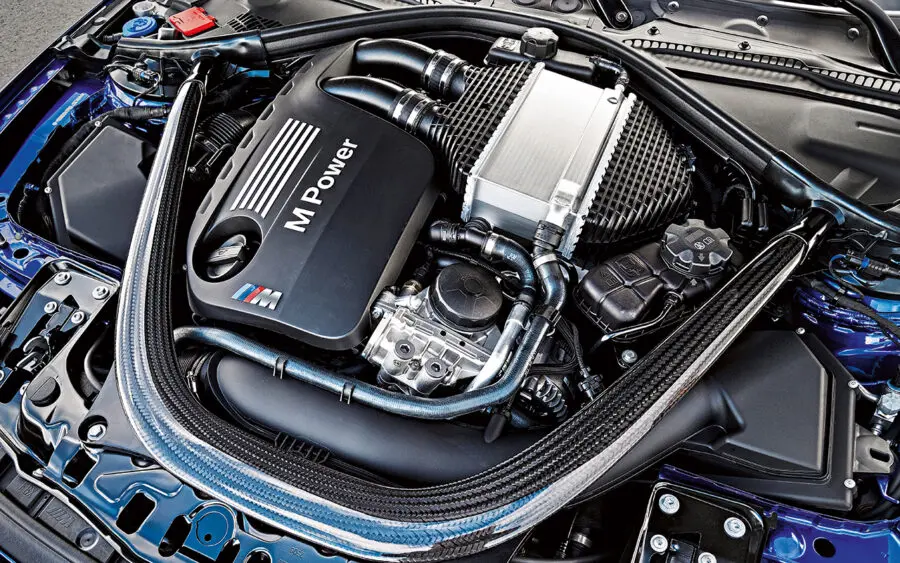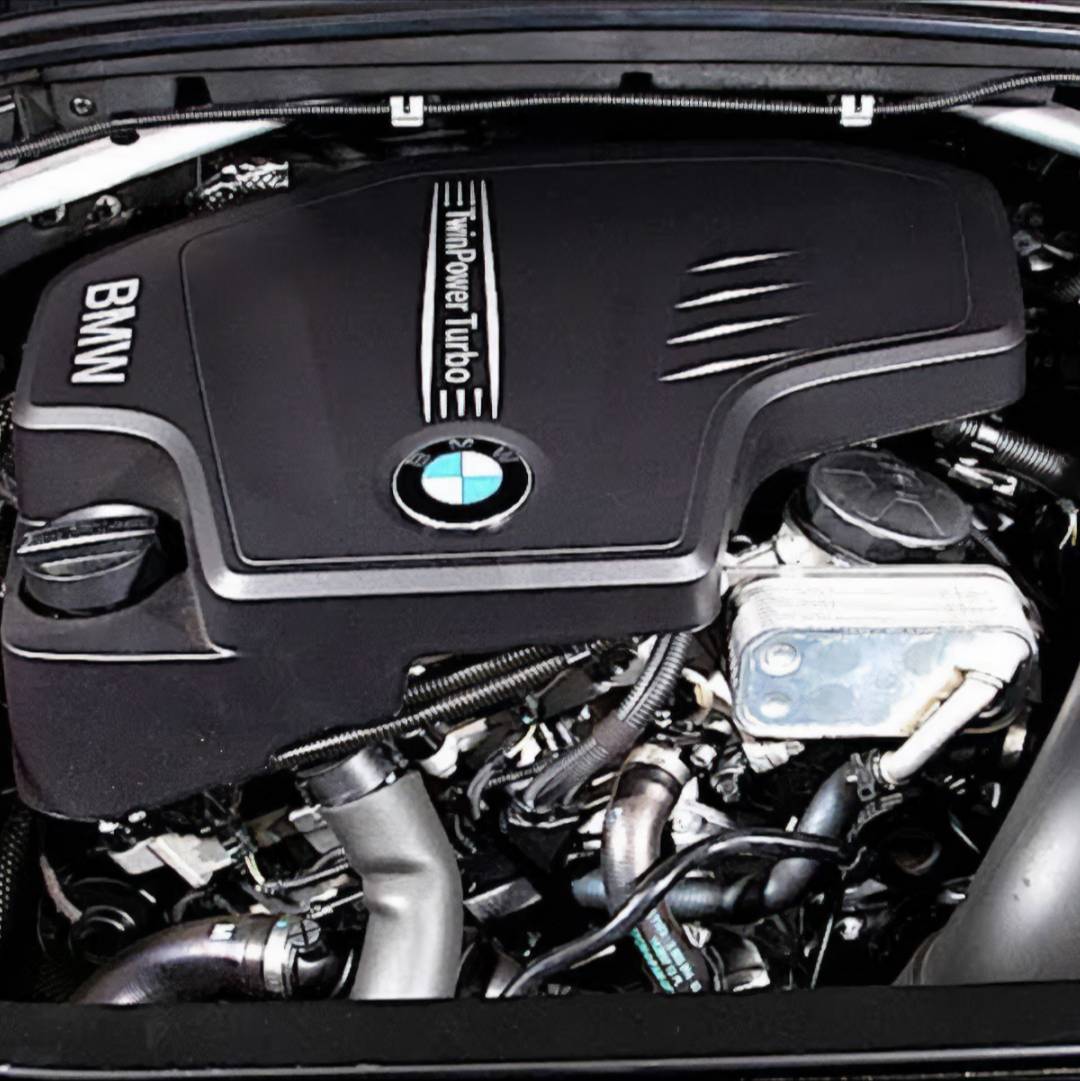Why the BMW Engine Is Thought About One of the Best in Luxury Vehicles
Why the BMW Engine Is Thought About One of the Best in Luxury Vehicles
Blog Article
Checking Out the Development of Burning Engines in Modern Transport Solutions
As we browse the landscape of modern-day transport, the advancement of combustion engines stands as a testimony to human resourcefulness and design expertise. The interplay of history, technology, and environmental concerns in forming the trajectory of burning engines creates a narrative that is both insightful and compelling.
Early Beginnings of Combustion Engines
Just how did the principle of burning engines first emerge in the early stages of transportation development? When the concepts of interior combustion were first checked out, the origins of burning engines can be mapped back to the 17th century. In 1673, Christian Huygens conceptualized a basic inner combustion engine that used gunpowder to generate power. Nonetheless, it had not been till the late 19th century that functional applications of combustion engines in transportation started to emerge.
The development minute featured the creation of the very first successful gasoline-powered engine by Karl Benz in 1885 - bmw engine. This engine led the way for the growth of the contemporary auto, revolutionizing transport systems worldwide. Subsequent innovations by Nikolaus Otto and Gottlieb Daimler even more refined burning engine innovation, bring about the automation of vehicles and the quick development of the transport industry
These very early burning engines were identified by their simpleness and efficiency, laying the structure for the facility and effective engines utilized in contemporary transportation systems. The evolution of combustion engines has actually been instrumental fit the means we take a trip and deliver products, marking a considerable turning point in the history of transport growth.
Change to Internal Combustion Technology
The change to inner combustion innovation marked a pivotal change in the development of transportation systems. This shift started in the late 19th century, with inventors like Nikolaus Otto and Gottlieb Daimler developing the initial effective interior combustion engines. These engines revolutionized transportation by offering an extra powerful and reliable choice to vapor engines and electric motors.
One of the crucial advantages of internal combustion engines was their capability to be reduced to match cars, resulting in the advancement of automobiles and motorcycles. This shift from bulky, fixed engines to small, mobile ones paved the means for the contemporary transportation systems we see today.
The transition to inner combustion technology likewise spurred developments in fuel innovation, leading to the development of gas and diesel as main fuel sources for lorries. This shift not only made transportation a lot more obtainable to the masses however also laid the structure for the oil and gas industry to end up being integral to worldwide economies.
Effect of Combustion Engines on Transport
The fostering of combustion engines in transport systems militarized a profound shift in the performance and speed of international wheelchair. Burning engines reinvented transport by offering a versatile and trustworthy source of power for different lorries, including autos, trucks, ships, and aircrafts. This development substantially boosted the capacity for people and products to relocate over fars away in shorter amount of time, bring about increased connectivity between regions and nations.
Additionally, the widespread use burning engines has actually had a substantial influence on economic advancement. The capability to carry items efficiently has actually spurred trade and commerce, permitting companies to increase their markets and reach consumers worldwide. This has assisted in financial development and globalization, as items can currently be delivered much faster and in larger quantities than ever before.
However, the environmental impact of combustion engines can not be forgotten. The combustion of nonrenewable fuel sources has actually caused air pollution and greenhouse gas discharges, adding to climate modification and presenting health and wellness threats to populaces. bmw engine. Consequently, there is a growing focus on creating alternate propulsion modern technologies to reduce these unfavorable effects and create an extra lasting future for transport
Technologies in Burning Engine Design
Countless improvements in combustion engine layout have actually pushed the evolution of transport systems over the years. One notable development is the growth of turbocharged engines, which use exhaust gases to drive a turbine that presses inbound air, enabling more gas to be burned, leading to raised power result without a significant increase in engine size. Furthermore, straight injection innovation has enhanced fuel performance and performance by specifically regulating the amount and timing of gas infused into the burning chamber. Variable shutoff timing systems have additionally reinvented engine layout by maximizing air flow at different engine speeds, boosting both power and efficiency. An additional substantial development is the combination of lightweight materials such as carbon fiber and aluminum alloys, reducing overall engine weight and improving vehicle fuel economic climate. Improvements in computer-aided style have allowed designers to enhance engine performance and effectiveness through simulations before physical prototypes are developed, saving time and sources in the development process. These developments jointly add to the continuous improvement of burning engines in contemporary transport systems.
Future Trends in Combustion Engine Advancement
With modern technology innovations driving continuous technology, the future of combustion engine development is positioned to transform transportation Resources systems internationally. Among the crucial trends in burning engine growth is the press towards higher performance and lowered exhausts. Makers are spending greatly in research and growth to enhance engine efficiency while meeting stringent ecological guidelines. This includes the combination of innovative gas injection systems, boosted turbocharging methods, and the usage of light-weight products to optimize fuel intake and reduce carbon emissions.
Another noticeable fad is the adoption of hybrid technologies in combustion engines. Hybrid engines combine traditional burning technology with electric power, providing boosted fuel efficiency and reduced emissions. As the vehicle industry shifts towards electrification, hybrid combustion engines are seen as a transitional option click to find out more that connects the space in between standard automobiles and completely electric ones.
Additionally, the integration of smart innovations, such as expert system and information analytics, is expected to play a considerable duty in the future of combustion engine development. These technologies can enhance engine efficiency in real-time, resulting in extra reliable burning processes and boosted total car performance. Embracing these future fads will certainly not only drive technology in combustion engine development yet additionally add to a more lasting and eco-friendly transport environment.

Conclusion
To conclude, the development of combustion engines in modern-day transport systems has been noted by substantial improvements in modern technology and layout. From the early starts of burning engines to the change to interior burning modern technology, these engines have actually had a profound influence on transport. Developments in combustion engine layout proceed to drive development Get More Info in this area, with future fads focusing on further boosting efficiency and minimizing exhausts. The future of combustion engines in transportation looks encouraging as study and advancement initiatives remain to press boundaries.
The origins of burning engines can be mapped back to the 17th century when the principles of internal combustion were very first checked out. These engines reinvented transportation by using an extra powerful and effective choice to vapor engines and electric motors.

Report this page